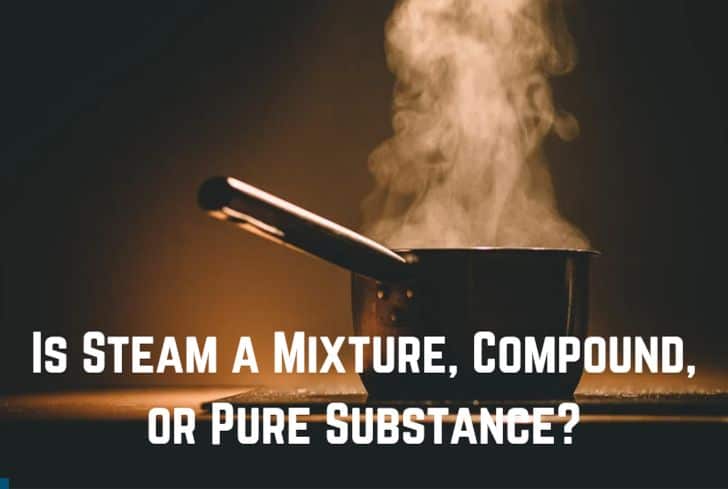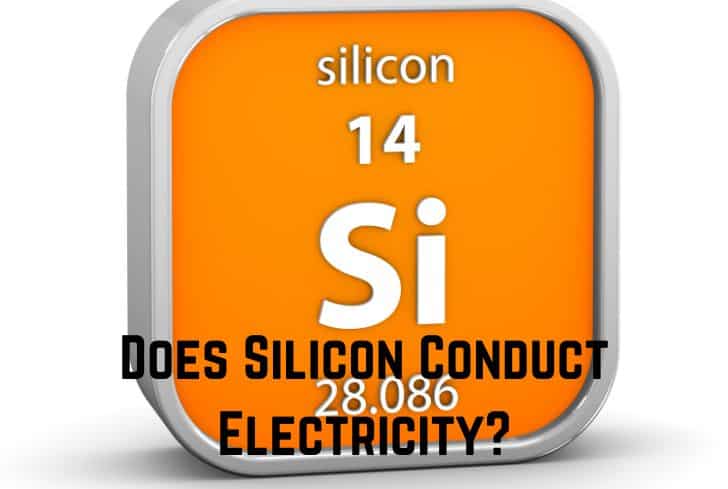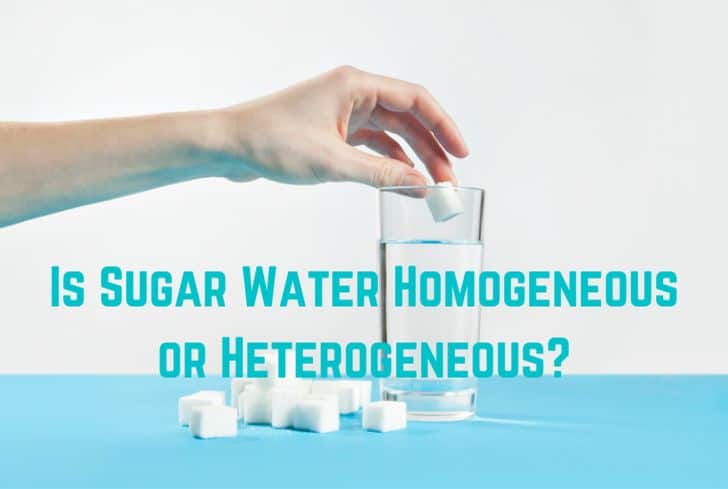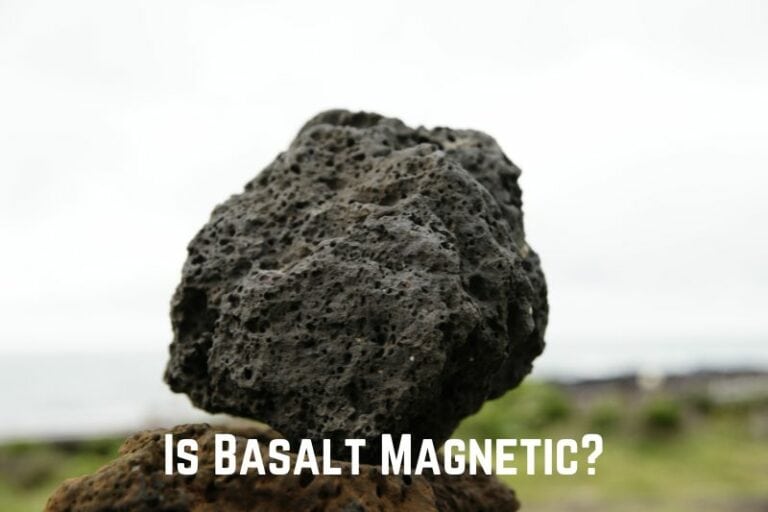Is Blood Homogeneous or Heterogeneous? (It’s Heterogeneous)
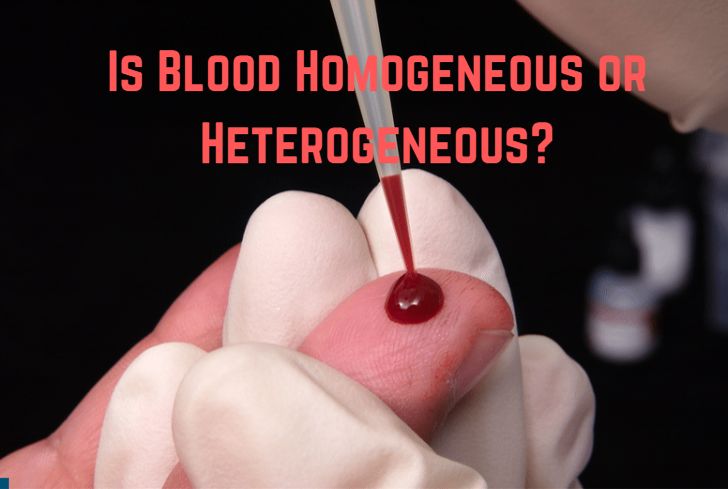
Blood is an integral part of the human body. Many might not ponder the scientific nature of blood. However, if you do so, you will find it more interesting and the facts you learn might help to look at blood from a different perspective.
That being said, one of the common questions surrounding blood is to define whether it is a homogeneous or heterogeneous mixture. In general, anybody can have a little research to grasp the answer, but we feel that an elaborate answer with needed examples will be helpful in understanding the concept.
So, without further ado, let’s get started on explaining blood and its properties.
Read: Is Baking Soda a Compound or a Mixture?
Is Blood a Homogeneous Mixture?
No, blood is not a homogeneous mixture. Typically, blood falls under the category of being a heterogeneous mixture. While the constituents of blood are not visible to the naked eye, when taken for careful evaluation, you can separate the white blood cells, red blood cells, and plasma from each other using chemical methods.
To clarify it in detail, heterogeneous mixtures are the ones that have more than one substance that remain separate. Also, if not, you can still use physical methods to bring the substances apart from one another. This scenario also qualifies for being a heterogeneous mixture.
Similarly, when we consider blood, the components like the cells and plasma may not be visible unless seen under a microscope. However, once sent for evaluation, you can separately have a clear view of all the constituents. Further, methods like centrifuging will bring apart the cells from the plasma in the blood.
Homogeneous mixtures on the other hand have substances that are inseparable by both physical and chemical means. Thus, blood will not come under the homogeneous category.
Is Blood a Heterogeneous Mixture?
Yes, Blood is a heterogeneous mixture. Blood consists of both liquid and solid constituents. In this case, the solid particles in the blood are platelets, red blood cells, and white blood cells. However, plasma forms the liquid content in the blood. Plasma in turn has salt, proteins, and water.
While looking from the naked eye, blood is a single entity. However, behind the scenes, blood is a mixture of the above particles. Hence, when seen microscopically, it is well understood that none of these constituents mix together and remain unconnected from each other.
Also, to elaborate this further, the cells and platelets have totally different properties than the plasma present in the blood. When the substances in a mixture have dissimilar attributes, the mixture becomes a heterogeneous one.
Further, blood composition can change at any point in time depending on the amount of WBC, RBC, plasma, etc. Hence, blood does not have the same composition throughout making blood heterogeneous.
Is Blood a Compound?
Blood is not a compound. Rather, it is a mixture. In mixtures, all the constituents mixed together do not have any chemical bonding between them. Also, blood does not rely on chemical reactions to break up the components present in it. Only physical methods are sufficient thereby making it a mixture.
Since blood has both liquids and solids in the form of cells and plasma, there is no chemical reaction happening between them. Thus, all the components in the blood are physically separable and there is no need of breaking any chemical bonds between them.
Compounds will have the elements mixed in a chemical proportion and all the components of a compound are subject to chemical reactions to separate each. Hence, taking blood into consideration from this perspective, it is clear that blood is not a compound.
Is Blood a Solution?
Blood is a solution to some extent. The solution is commonly referred to as a substance that is in a liquid state. However, other states of matter in a solution are also possible. Solutions have substances that will dissolve into other substances.
Coming to the topic, blood is a mixture. Also, it is a combination of both solids and liquids. Hence, blood is a solution to some extent. Blood cannot become a complete solution as the red blood cells, white blood cells and platelets roam around in a liquid-like matter that has many chemical components.
Taking these into consideration, blood is not a complete solution but is a partial solution only. Also, the particles present in the blood are not totally soluble thus giving way to the presence of solids too. The other definition of blood from this angle is that it is a suspension. A detailed explanation about the same is present in the impending sections.
Read: Is Black Coffee Homogeneous or Heterogeneous?
Is Blood an Element?
In chemical terms, blood is not an element. As per the definition, elements do not disintegrate through any chemical processes. The composition of blood has many components that include elements and substances.
Out of these, oxygen, carbon, hydrogen, nitrogen, calcium, and phosphorus are elements in the blood. Also, this shows that blood has more than one type of element that has no chemical bonding between them.
However, as we have seen in previous sections, blood can go through centrifugal methods, to break down into separate parts, this goes against the definition of an element.
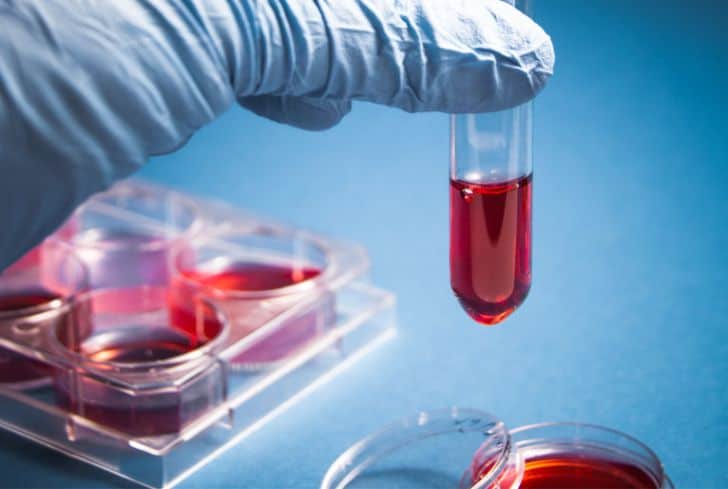
Is Blood a Suspension?
Yes, blood is a suspension. Let’s begin by outlining the definition of a suspension. When a heterogeneous mixture cannot dissolve, and all the particles constituting the substance remain flowing within a liquid, it becomes a suspension.
Further, on that note, blood has solids and liquids. All the red blood cells, white blood cells, platelets, and more run along in a liquid without any external disturbance. However, when blood comes out for any evaluation or its flow gets interrupted, the act of suspension doesn’t happen. These cells and platelets form the backbone of a suspension.
Also, the plasma liquid is separable from blood and the erythrocytes and platelets are responsible for the sedimentation process.
Let’s understand the topic of suspension with an example. Consider a bucket of sand and water. If left undisturbed for long, the sand particles settle at the bottom of the bucket due to gravity. Similarly, this holds for blood too. Thus, from these, it is clear that blood is a suspension.
Is Blood a Pure Substance?
Blood can never be a pure substance. In pure substances, there is only one type of element or molecule present. In blood, there are different types of elements and other matters available. Hence, blood is not a pure substance.
Further, blood contains RBC, WBC, platelets, and plasma which do not have any similar properties or are not the same elements. Also, as blood is a mixture and a heterogeneous one, it can never fit in the pure substance category.
All the elements seen in the blood do not have the same composition or proportion at all times thus making it a heterogeneous mixture.
Read: Is Steam a Mixture, Compound, or Pure Substance?
Is Blood a Colloid?
Blood has the properties of being both a colloid and a suspension. To begin with, blood contains solids in the form of cells and platelets. Also, the liquids in the blood come from plasma and other proteins. Since the dispersion of the solids takes place in the liquids present, blood is called a colloid.
Hemoglobin in the blood is called a colloidal particle. It has macromolecules like proteins that also come under the definition of being a colloid. As blood has many particles that have properties of both a colloid and suspension, it is often referred to as a colloidal suspension.
Related Questions
Why is Blood considered heterogeneous?
Blood has more than one type of element or substance in its composition. Also, some physical methods can separate the cells and platelets from the plasma running in the blood. Hence, these define blood as a heterogeneous mixture
Is Blood a pure mixture?
No, blood is not a pure mixture. Blood has many components like cells, salts, water, protein, etc. None of these are of a single phase or a single molecule. Also, there is no uniform composition present thereby making blood a mixture.
Is Blood a colloid or a suspension?
Blood shows the properties of both a colloid and a suspension. Hence, it gets the term “colloidal suspension”. It forms sediments to fit the definition of a suspension as well as has proteins and dispersion processes happening to name it a colloid.
Final Thoughts
To conclude, blood is a heterogeneous mixture with the presence of solids and liquids. Cells and platelets form the solid part whereas the plasma is the liquid content in the blood. As it has various elements in different proportions, blood is heterogeneous and not homogeneous. Also, physical methods help break down the elements present in the blood leading to a mixture with heterogeneous properties.
Have a thorough reading to differentiate blood from being a colloid, a suspension, an element, a compound, and a mixture.
You can utilize this guide to understand the chemical nature of blood and the different properties that it possesses. Besides, the detailed information given above helps paint a clear picture of the components of blood from a scientific angle.

